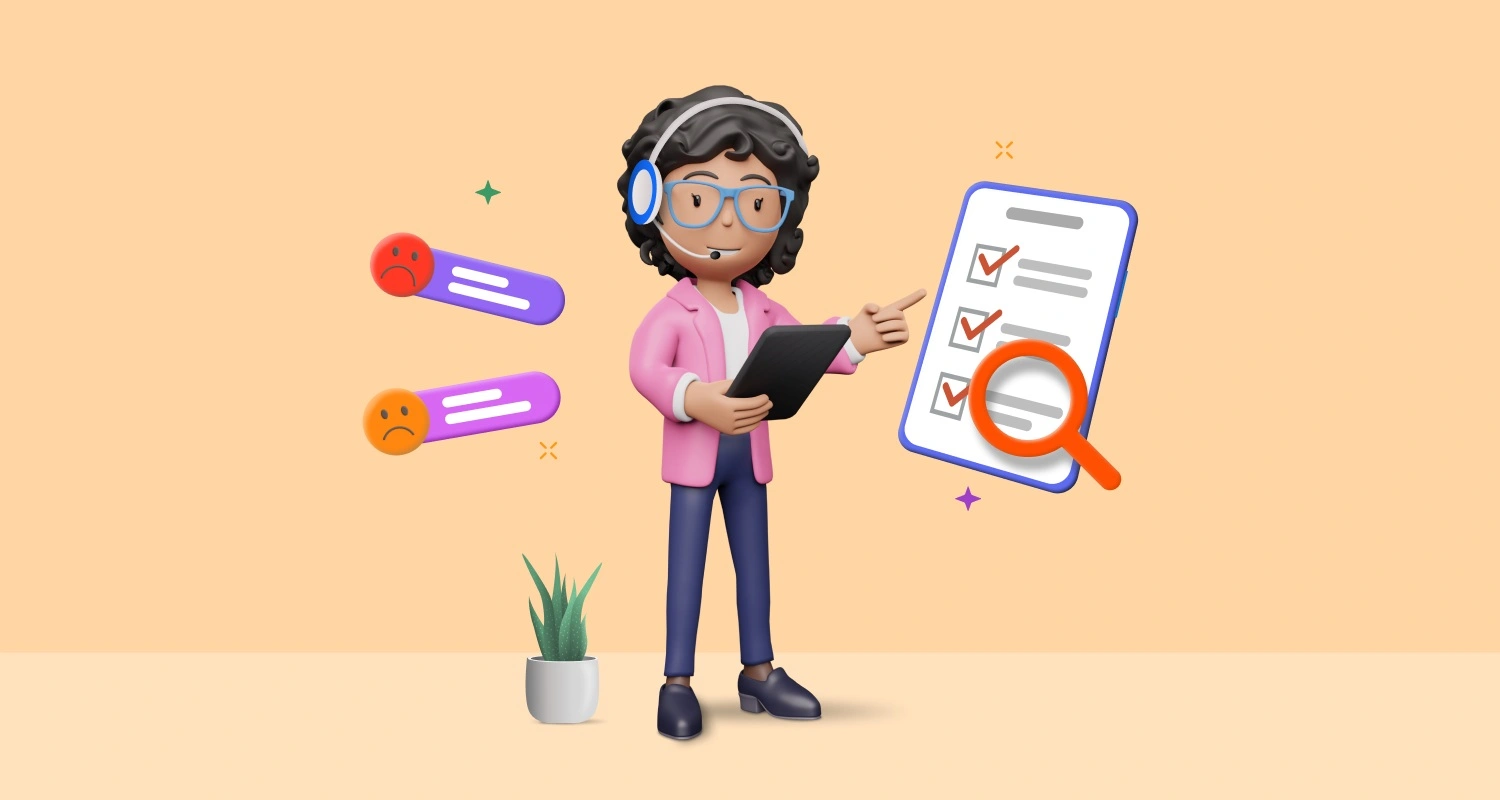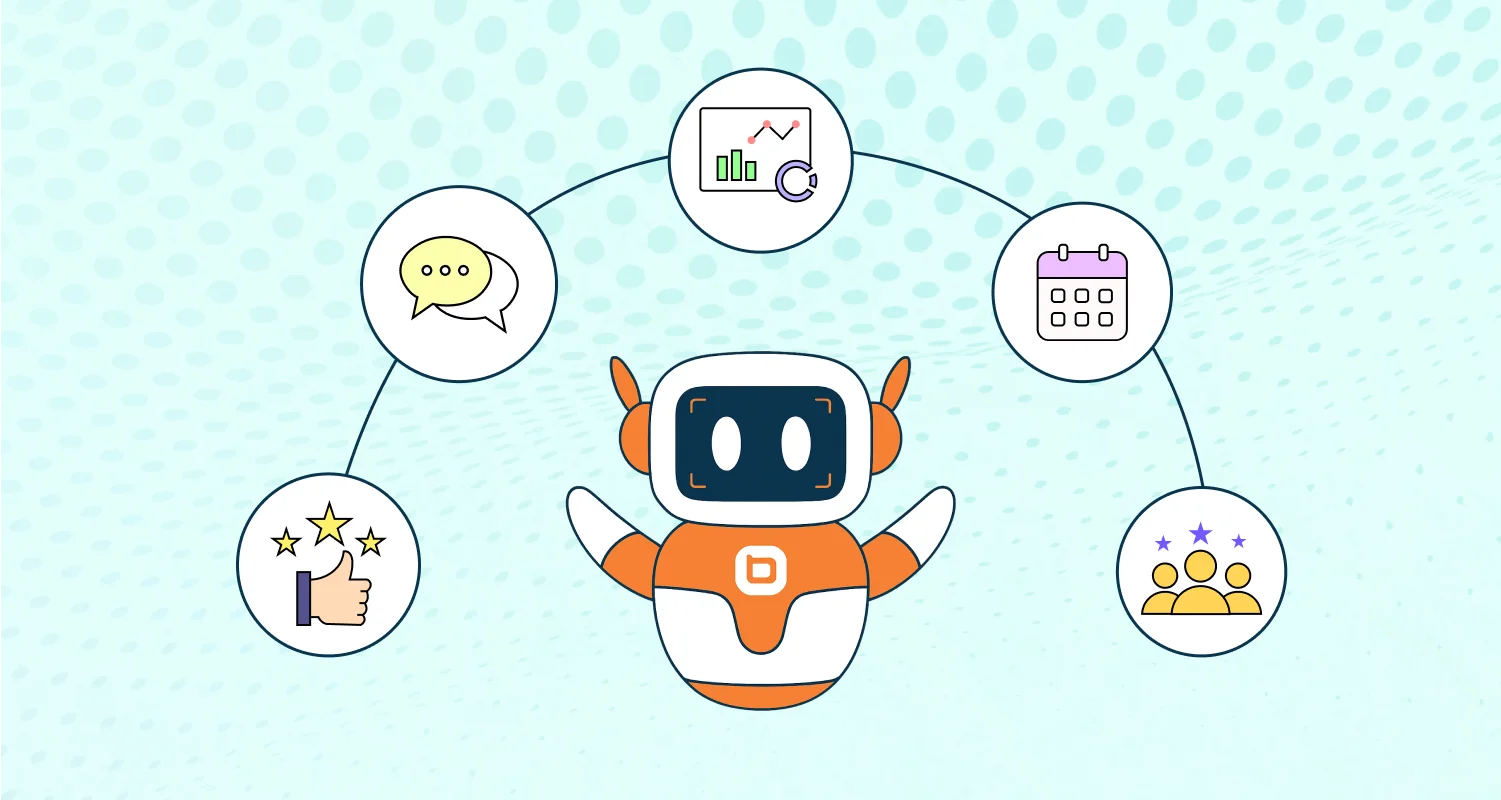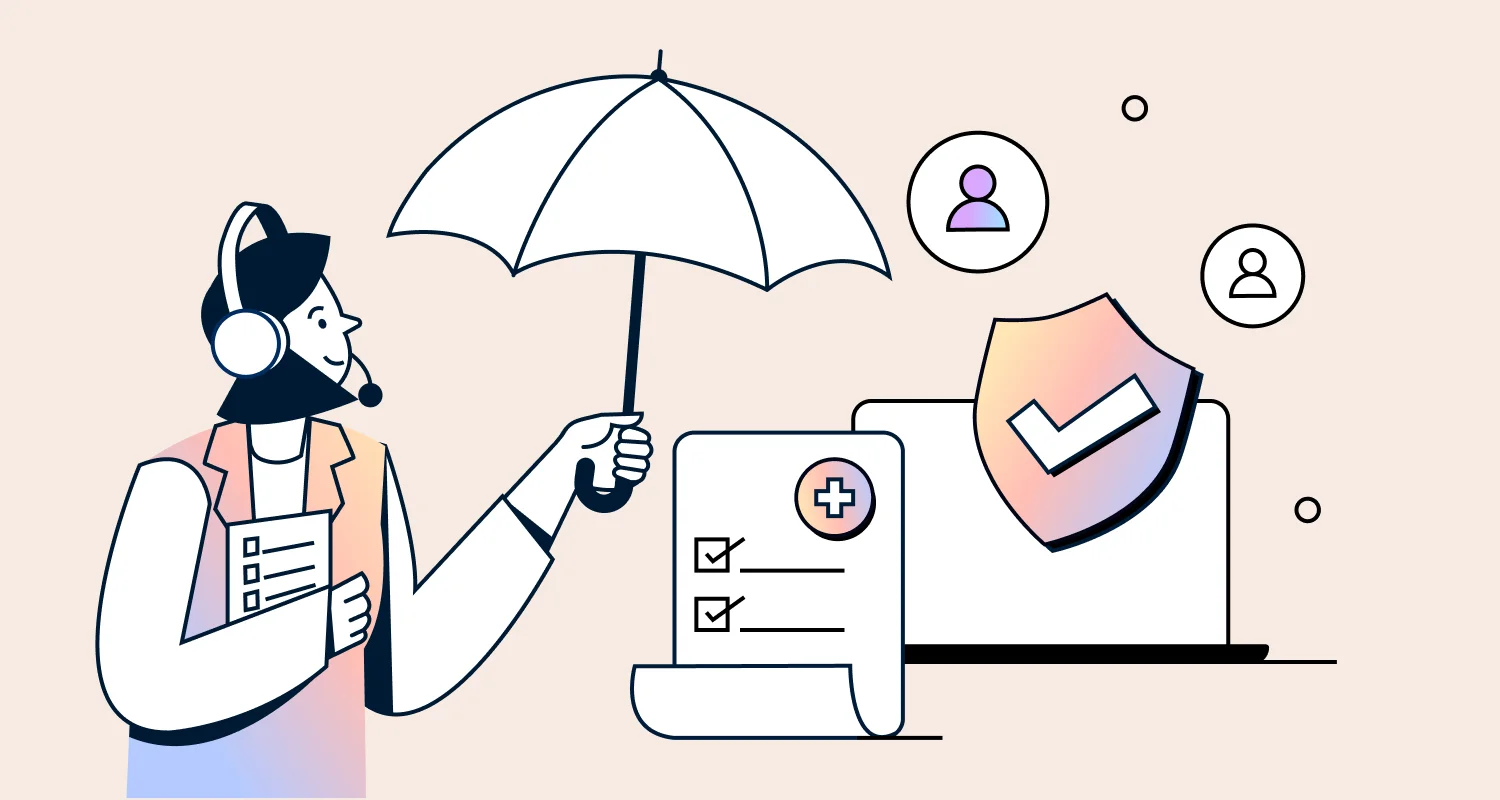Offering the best customer experience is the goal of most companies looking to grow. The key to your success lies in your customers.
However, even if customers adore your brand, a single negative experience could cause 30% of them to stop buying from you.
It is, therefore, very important to ensure you identify and come up with the best practices to overcome your customer pain points. Learn different ways to identify the problems of customers and find all viable solutions that will help overcome them.
This blog discusses and defines customer pain points, their different types, ways to identify them, and ways to overcome them.
What is a customer pain point?
A customer pain point refers to a problem that a client experiences with a company or its brand.
These issues can arise in various areas, such as pricing, customer support, product usability, or inefficient processes.
When customers experience pain points, their level of satisfaction often decreases, and a solution is always urgently needed to save the day.
Types of customer journey pain points
There are different categories of customer pain points based on the areas they affect.
These include:
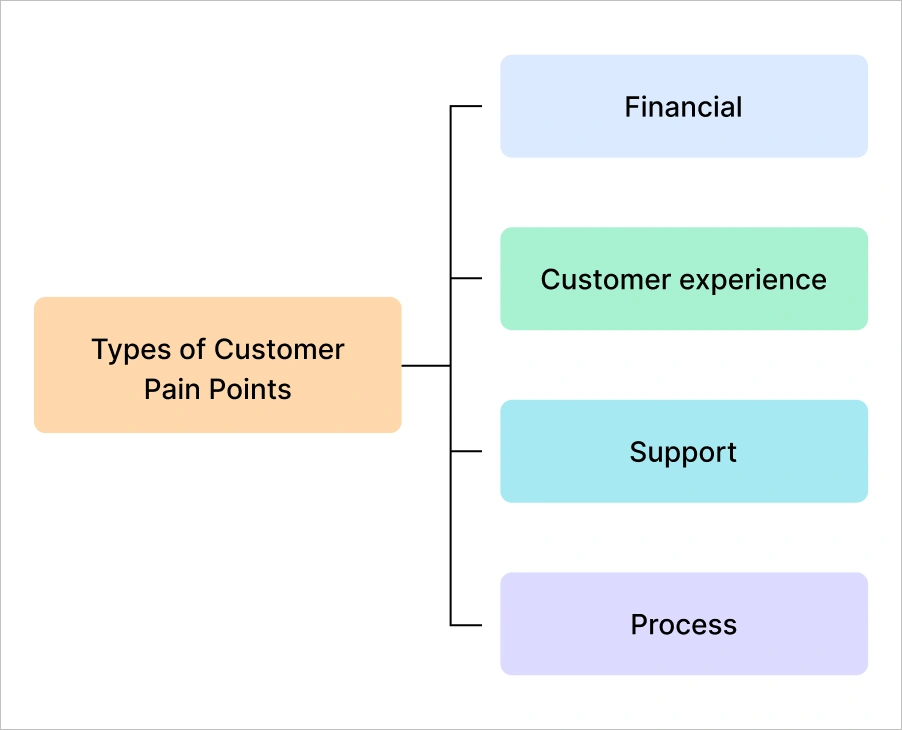
a) Financial pain points
Customers always want the best value for their money. Whenever they spend more on products or services than they feel they should, it becomes a pain point for them.
Financial pain points include:
- An expensive price of a subscription or product
- Unclear breakdown of the total cost of a product
- Extra purchases or subscriptions inside an app (in-app purchases)
Financial pain points can be avoided if you compare the price of your brand with the market value of similar products by competitors.
Besides, give detailed descriptions of the quality of the products you offer. This will convince them your brand is worth it.
b) Customer experience pain points
Customer experience pain points refer to the frustrations or obstacles that customers encounter throughout their journey with a product or service.
These pain points can arise at any stage, from initial awareness and research to purchasing, using, and seeking support for a product or service.
Customer experience pain points include:
- When a client uses more time than expected to navigate or use products or website
- When a customer cannot find information easily
- Unfavorable company policies, such as strict procedures for returning goods
To avoid this, companies should improve and streamline the customer experience.
c) Support pain points
When clients face issues with a brand, they reach out to the customer support team for assistance. They usually expect prompt, satisfactory responses- but that’s not always the case.
Customer support pain points may arise whenever:
- Customers find it hard to contact the support team
- Customers receive delayed responses from the support team
- Support agents lack adequate knowledge about the products
- Customers have to repeat themselves to different support agents
d) Process pain points
These refer to the operational challenges customers encounter while using a product from a given company. These are mainly about issues with the bugs.
Process pain points may include:
- Customers having a hard time using certain methods or getting errors.
- Processes that take too long to execute.
- Poor workflows
- Customers encounter an error when connecting to the right support team or agent.
How to identify customer service pain points
The following are the main ways to identify pain points:
Conduct qualitative and quantitative research and survey
The customer support team can carry out research and surveys on clients to learn what their customer service pain points are. With qualitative surveys, clients are asked open-ended questions. Agents obtain detailed answers that are relevant and well-described.
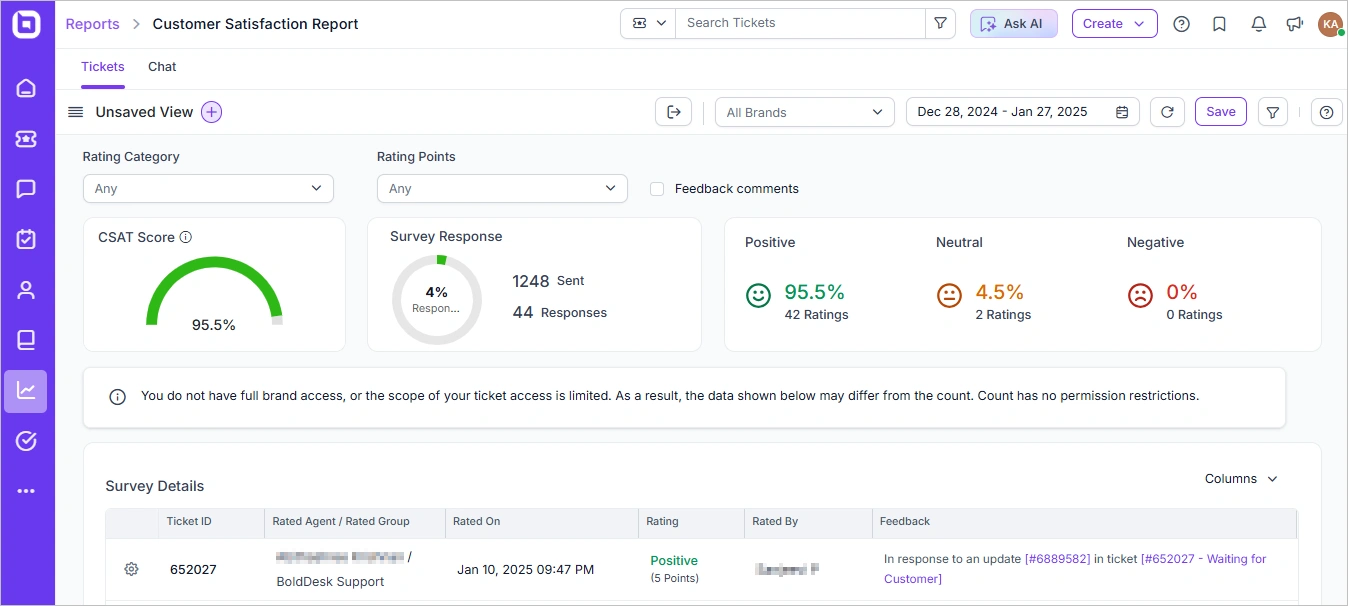
Practice social listening to get customers’ feedback and identify pain points
One sure way to know what your clients think of your products is by regularly checking online reviews and comments.
Many customers leave feedback on public social media sites instead of contacting your company. They give their reviews with brutal honesty and zero reservations.
This can be a great opportunity for the support team to identify their customer pain points in detail for further action.
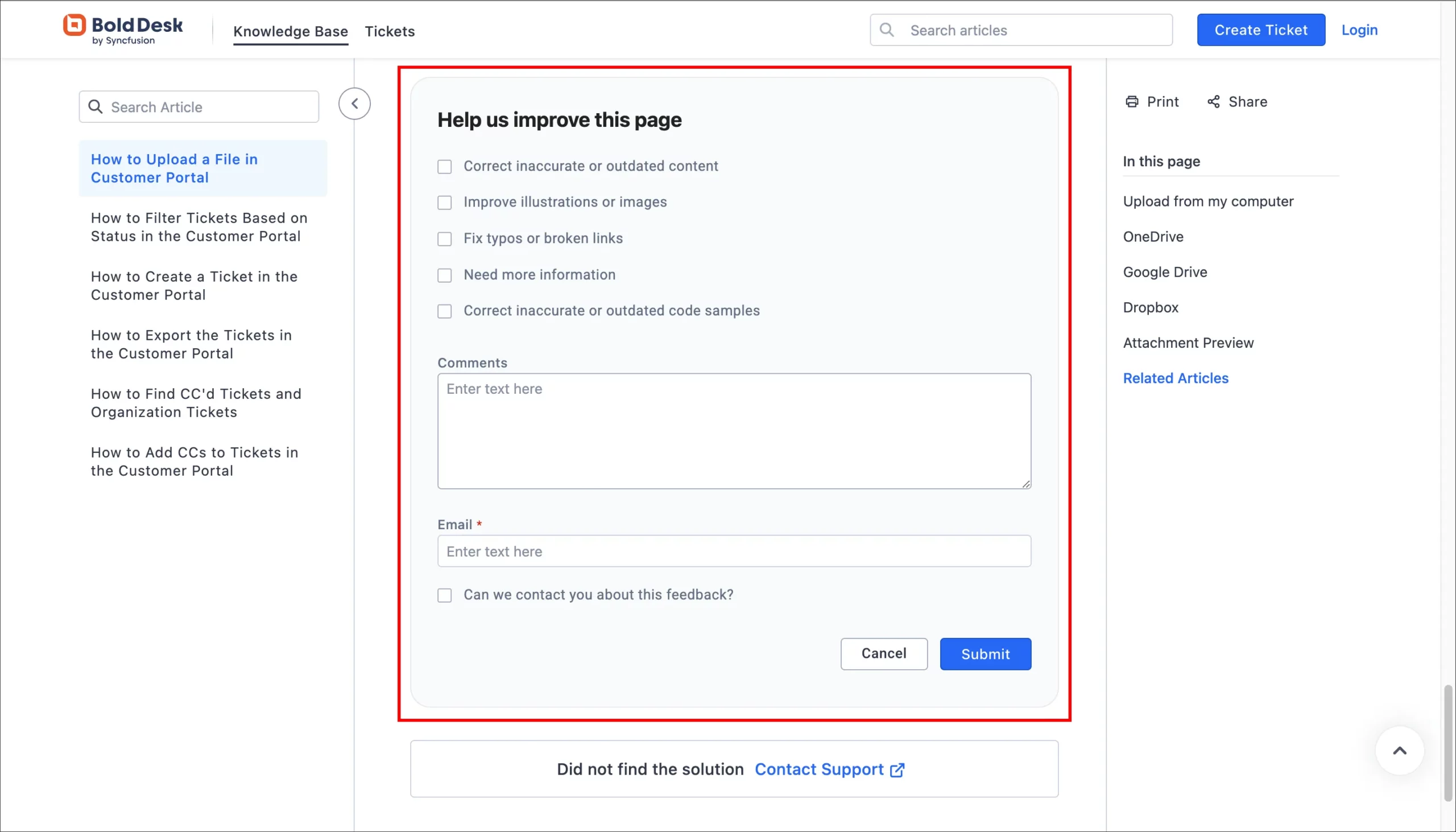
Gather insight from your sales and customer service teams
The sales and support teams are the contact points between the customers and the company. They interact with clients most.
For this reason, they are the most ideal people to ask for insight into common pain points.
Carry out market research and analyze your competitors
Understanding broader market trends is crucial for businesses aiming to stay competitive and responsive to customer needs.
Market trends may include:
- Shifts in consumer preferences
- Technological advancements
- Regulatory changes
- Broader economic factors
By paying close attention to these trends, you can anticipate customers’ expectations and adjust strategies accordingly.
In addition, analyzing competitor reviews can highlight what is working well for them and where they fail to meet customer expectations.
These analyses can help identify small features missing in your product or aspects missing from your service.
You can find common issues that customers face across the industry, which may not be evident from looking at just your own customer feedback.
Conduct usability and beta testing
Usability testing is an essential step in the design process that focuses on how real users interact with and experience a product, website, or mobile application.
Conducting usability testing can help uncover areas where users encounter confusion, frustration, or barriers to their goals.
Beta testing, on the other hand, involves releasing a product or feature to a select group of users before it is made publicly available.
Beta testing can help reveal bugs, performance issues, and other problems that may not have been evident during earlier stages of developing a product.
Understanding the user’s perspective can guide you in refining your offerings, simplifying purchasing processes, and eliminating obstacles that could otherwise hinder the user experience.
How do you overcome customer pain points?
Every business should strive to overcome these customer pain points in order to improve their customer experience. This will, in turn, ensure the continued growth of the business.
The following are a few tips on what to do to avoid and overcome customer pain points:
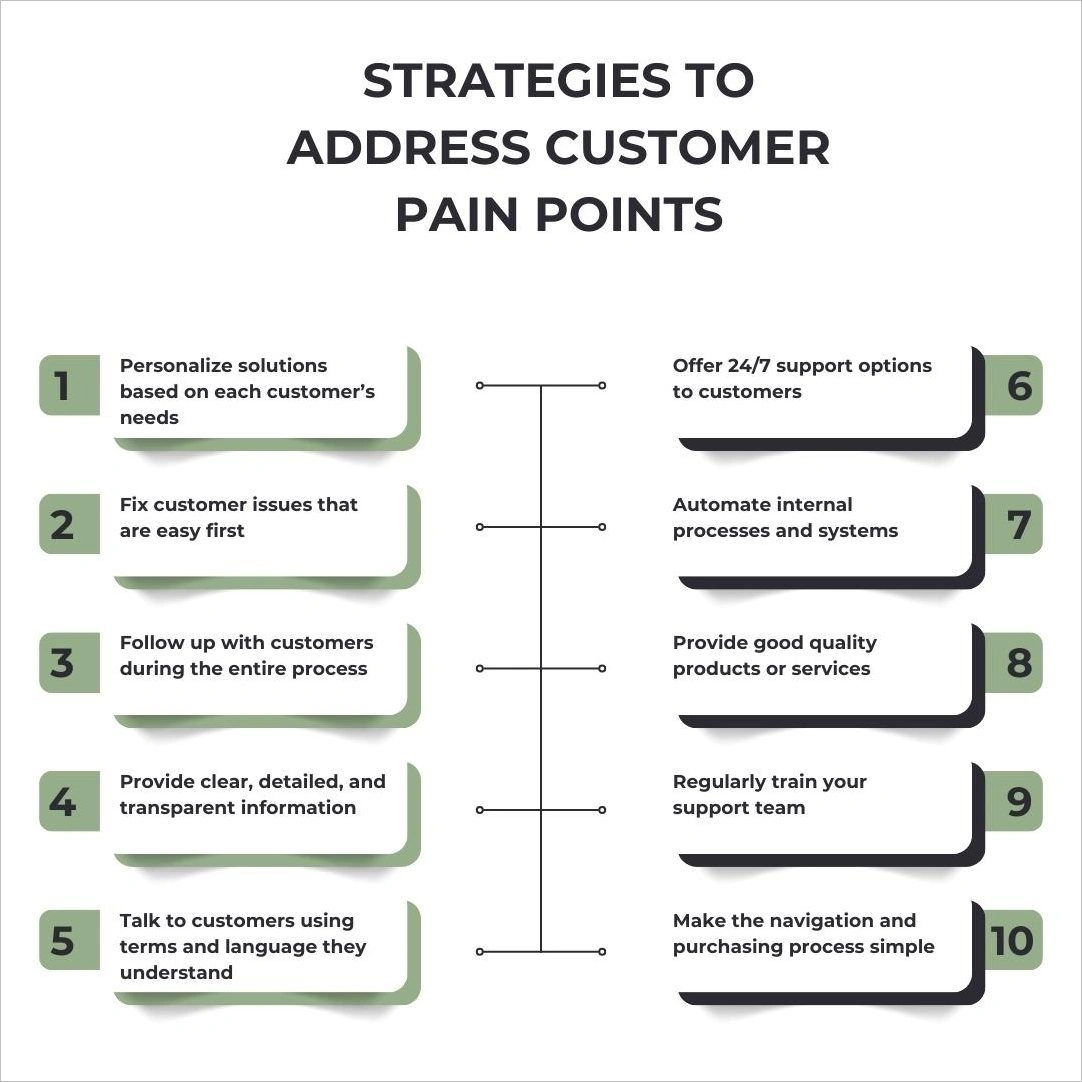
1. Personalize solutions based on each customer’s needs
It is important to ask your customers with issues about their individual needs. This will let you know the specific solutions to offer for each customer if they contact support.
By asking them for feedback, you can gather useful information about what your clients prefer. In addition, you can understand their experience and how else to improve it.
2. Fix customer issues that are easy first
Consider resolving or responding to issues that are easy to address first. Some issues are not complicated and do not take long to fully resolve.
Such issues need to be addressed first to reduce the backlog. This leaves enough time to sort out complex issues that need more attention and time to resolve.
Quick resolutions make a client with an easy issue feel valued and that their problem matters to the company. This boosts their satisfaction and confidence in the company.
3. Follow up with customers during the entire process
Customers value updates from the support team on how far the issue is in the resolution process. It is, therefore, important to consistently inform them of your progress.
In addition, once you resolve an issue, utilize customer follow-up strategies to confirm that the issue was addressed to their expectations.
This will help you understand the customer’s experience. It will also make clients feel you care about their satisfaction and want to keep them happy.
4. Provide clear, detailed, and transparent information
When making changes to a product, ensure you inform your customers of them. Being transparent with your clients on the changes helps them to stay current on how the products work in real-time.
This prevents errors or issues that come with being uninformed and the subsequent ire of customers.
In addition, when the information about products is clear, and the instructions on their uses are well-defined, it makes it easier for clients to use those products.
Clarity and transparency are sure ways to satisfy your customers and ensure you retain them.
5. Talk to customers using terms and language they understand
Engage with customers using simple language to guarantee comprehension, irrespective of their literacy level.
This helps to:
- Reduce the customer pain points that arise from unclear communication.
- Create and build a good rapport between the clients and the company.
- Build customers’ trust in the company and its brands.
6. Offer 24/7 support options to customers
Reliable support is a powerful strategy to improve your customers’ experience. This is possible using self-service tools, such as a knowledge base, that stores documentation that clients can access at any time.
If they can’t find the answers, make it clear exactly how to contact live support and the timelines within which they should expect a response.
7. Automate internal processes and systems
Your support team should use automated internal process tools to overcome customer pain points that arise from slow and error-prone manual processes.
For example, an automated ticketing system gets client issues routed to the right support agents for fast and accurate resolution. This helps to reduce the time and effort used to solve customer problems.
In addition, automating the knowledge base makes it easy for clients to navigate and find what they need quickly.
8. Provide good quality products or services
Some customer pain points arise because the product or service quality does not meet clients’ expectations.
Improving your products instead of sending workarounds to complaining customers will go a long way. These good quality products and services encourage customer retention and trust in your brand.
9. Regularly train your support team
Some customer pain points, especially support pain points, arise because the support team lacks adequate training in interacting with clients.
They might respond rudely, arrogantly, or even fail to respond altogether. They might also lack enough knowledge to help resolve customer issues.
For this reason, it is key to train customer support agents on how to deal with clients. The company should also provide enough resources about company products to respond appropriately to client issues.
Courteous, patient, and respectful support agents always make clients feel valued. This ensures clients have the best experience when they interact with agents.
10. Make the navigation and purchasing process simple
Customers should be able to go through the sign-up, sign-in, and checkout processes with ease. Some clients end up leaving when the checkout process is either too long, complicated, or confusing.
Offer simple processes that are easy to navigate and quick to finish to prevent customer frustration.
Common customer pain point examples and solutions
Below are some common customer pain point examples, along with detailed solutions:
Long wait times for support
Customers get frustrated when they have to wait too long for assistance.
Solutions
- Offer multiple ways for clients to reach you, such as live chat, email, social media, and phone.
- Use help desk software to automatically categorize and prioritize urgent issues.
- Analyze peak inquiry times and ensure enough support agents are available.
- Provide a comprehensive knowledge base, FAQs, and video tutorials so consumers can find answers on their own.
High and unclear pricing
Unexpected charges and unclear pricing structures erode trust. Customers often feel that a product or service is too expensive compared to competitors or their budget constraints. They may hesitate to make a purchase due to perceived high costs.
Solutions
- Clearly communicate what makes your product worth the price, such as quality, durability, and unique features.
- Regularly compare your pricing with competitors and adjust accordingly while maintaining profitability.
- Maintain transparent pricing, provide detailed invoices, and communicate costs upfront.
- Provide subscriptions or financing options to make purchases more accessible.
- Reward repeat customers with exclusive deals, referral discounts, and special promotions.
Complex checkout procedure
A lengthy or confusing checkout process can cause customers to abandon their purchases before completing the transaction.
Solutions
- Reduce the number of required fields and unnecessary steps.
- Offer guest checkout to allow consumers to buy without forcing them to create an account.
- Enable autofill and saved payment information to make it easier for returning customers to complete purchases.
- Provide multiple payment methods
Challenges in navigating the website
A poorly designed website makes it hard for users to find the information they need.
Solutions
- Ensure your website is mobile-friendly with a responsive design.
- Improve website structure by using clear menus, categories, and search functionality to enhance navigation.
- Implement advanced search filters and predictive search suggestions.
Inaccurate product or service details
Consumers may struggle to find important details about a product, service, or pricing, leading to confusion and reluctance to purchase.
Solutions
- Provide detailed specs, benefits, and use cases for each product.
- Offer multiple product images, explainer videos, and 360-degree views.
- Deliver live chat support to allow customers to ask real-time questions before purchasing.
- Enhance FAQ and knowledge base by including answers to common customer queries with easy-to-navigate sections.
Dealing with customer pain points the right way
Identifying and overcoming customer pain points improves their experience and satisfaction. It is important to look for solutions to either avoid or address these problems in order to retain clients.
BoldDesk® software will empower you to give your customers the best experience and gain their loyalty. Get in touch to set up a live demo to realize how the help desk solution can be customized to address your customer’s pain points.
Sign up for a 15-day free trial today. If you have any queries, contact the support team.
Are there any customer pain points we haven’t addressed? Please feel free to share them in the comments section below.
Related articles
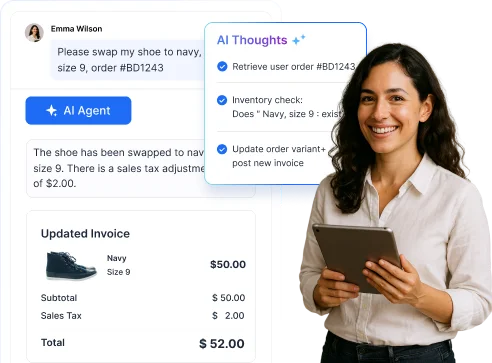


















 Email Ticketing System
Email Ticketing System Shared Inbox Software
Shared Inbox Software Multi Brand Help Desk
Multi Brand Help Desk Internal Help Desk Software
Internal Help Desk Software Trouble Ticketing Software
Trouble Ticketing Software Mobile Help Desk
Mobile Help Desk 









